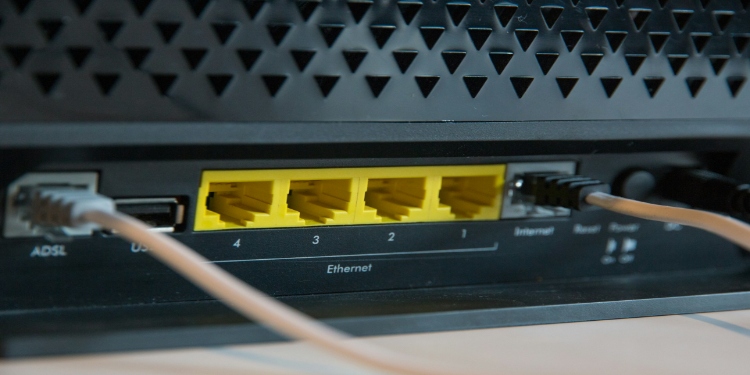Port 445 is a commonly overlooked yet essential component of network file sharing, enabling data transfer across devices on a local network or the internet. Port 445 is primarily associated with the Server Message Block (SMB) protocol, which facilitates file sharing, network browsing, and communication between computers. Here, we explore the role of port 445 in file sharing, its importance, and considerations for secure usage.
Understanding Port 445 and Its Role in SMB
Port 445 is primarily used for the SMB protocol, which allows users to access files and printers on remote servers as if they were local. SMB provides a seamless way to share files between Windows computers and other devices on a network. By connecting over port 445, users can access shared folders, send files, and collaborate across devices.
How Port 445 Enables Network File Sharing
Port 445 operates by connecting devices over TCP/IP, enabling direct interaction between computers without the need for legacy protocols like NetBIOS. Through SMB on port 445, files and resources can be accessed securely on the network, allowing multiple users to collaborate on documents, access printers, or connect to application servers. This port is especially beneficial for corporate and educational networks where shared resources are commonly accessed.
Why Port 445 is Used Over TCP/IP
SMB originally relied on NetBIOS over port 139, but as networks evolved, so did the protocols. Port 445 was introduced to support SMB directly over TCP/IP, eliminating the need for NetBIOS, which was prone to performance limitations and compatibility issues. By using TCP/IP with port 445, file sharing becomes faster and more reliable. This transition also allows cross-platform compatibility, enabling Windows devices to share files with other operating systems more seamlessly.
Importance of 445 Port in Windows Networking
For Windows users, the 445 port is a critical pathway for accessing shared resources and network drives. Many enterprise applications and Windows services depend on port 445 for seamless file sharing and connectivity. In business environments, shared folders accessed through SMB over port 445 are essential for team collaboration, as they centralize files, reduce redundancy, and improve data accessibility across departments.
Security Risks Associated with Port 445
Despite its advantages, port 445 has been a target for various cyber threats due to its accessibility. Open port 445 connections can be vulnerable to attacks such as ransomware, unauthorized access, and malware infiltration. Cybercriminals exploit this port for malicious activities, including the spread of ransomware like WannaCry. To mitigate these risks, security best practices such as configuring firewalls to block unauthorized access and disabling port 445 for internet-facing connections are highly recommended.
How to Secure Port 445 for Safer Use
Securing port 445 involves configuring firewall rules, restricting access to trusted devices, and updating operating systems regularly. Disabling external access to port 445 while allowing internal network access can significantly reduce risks. Additionally, using network monitoring tools to identify unusual activity can help detect potential threats before they escalate. For companies, implementing a VPN can provide an extra layer of security when accessing resources over port 445 from remote locations.
Alternatives to Using Port 445 for File Sharing
Some users choose to disable port 445 and use alternative file-sharing protocols, such as FTP, SFTP, or cloud-based solutions. These alternatives can offer similar functionality with potentially fewer security risks, particularly for remote file access. For users with heightened security needs, moving file-sharing functions to more secure cloud environments can be a viable alternative to using the 445 port directly.
Conclusion
Port 445 plays an integral role in network file sharing, enabling efficient resource access across Windows devices and beyond. While it brings benefits to shared networks, understanding its vulnerabilities is crucial for maintaining security. By following best practices like firewall configurations, securing SMB connections, and exploring alternative methods, you can leverage the benefits of the 445 port while safeguarding its network from potential threats.
David Prior
David Prior is the editor of Today News, responsible for the overall editorial strategy. He is an NCTJ-qualified journalist with over 20 years’ experience, and is also editor of the award-winning hyperlocal news title Altrincham Today. His LinkedIn profile is here.












































































